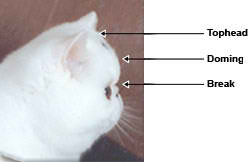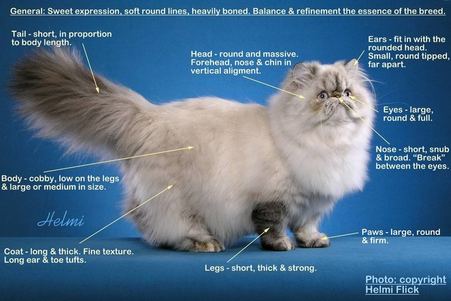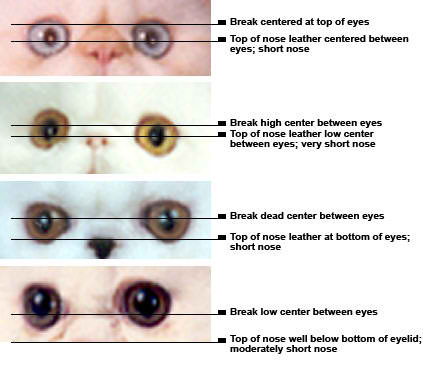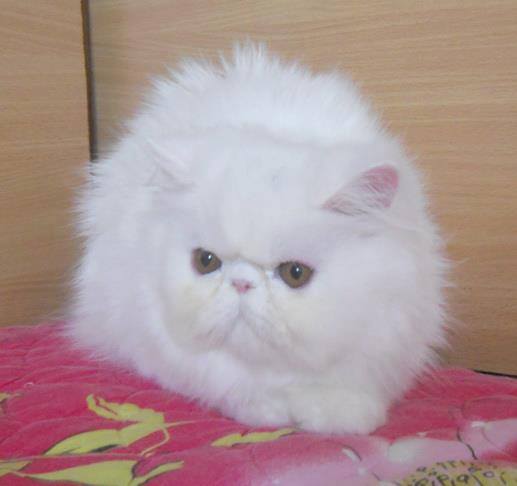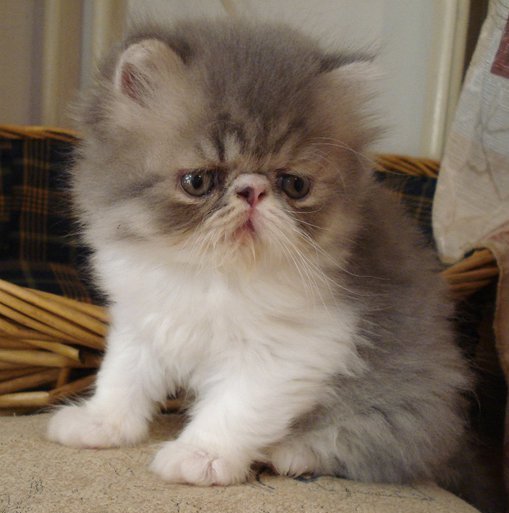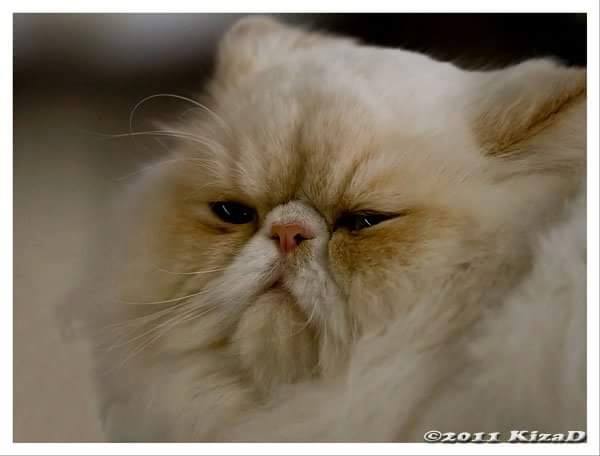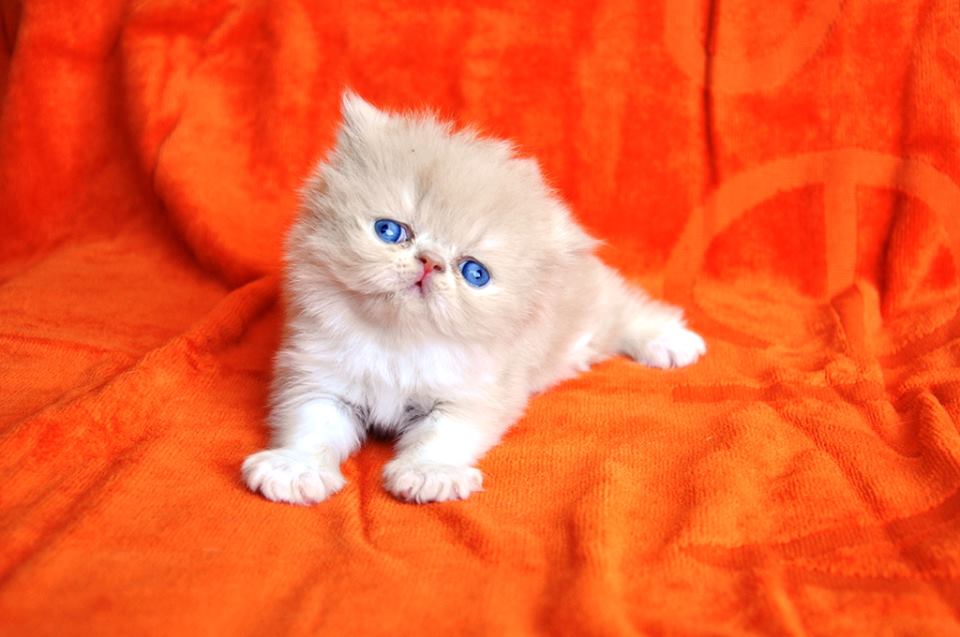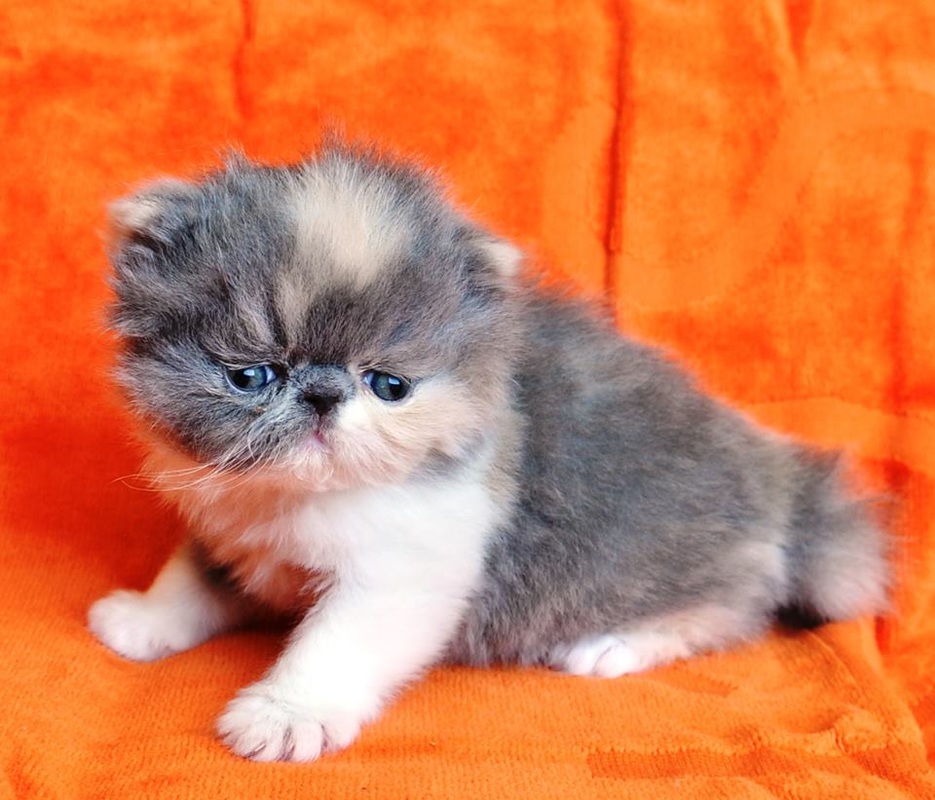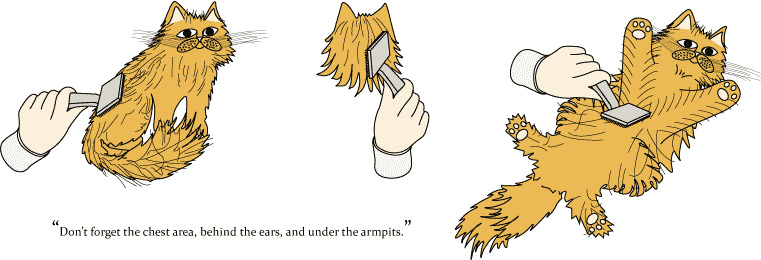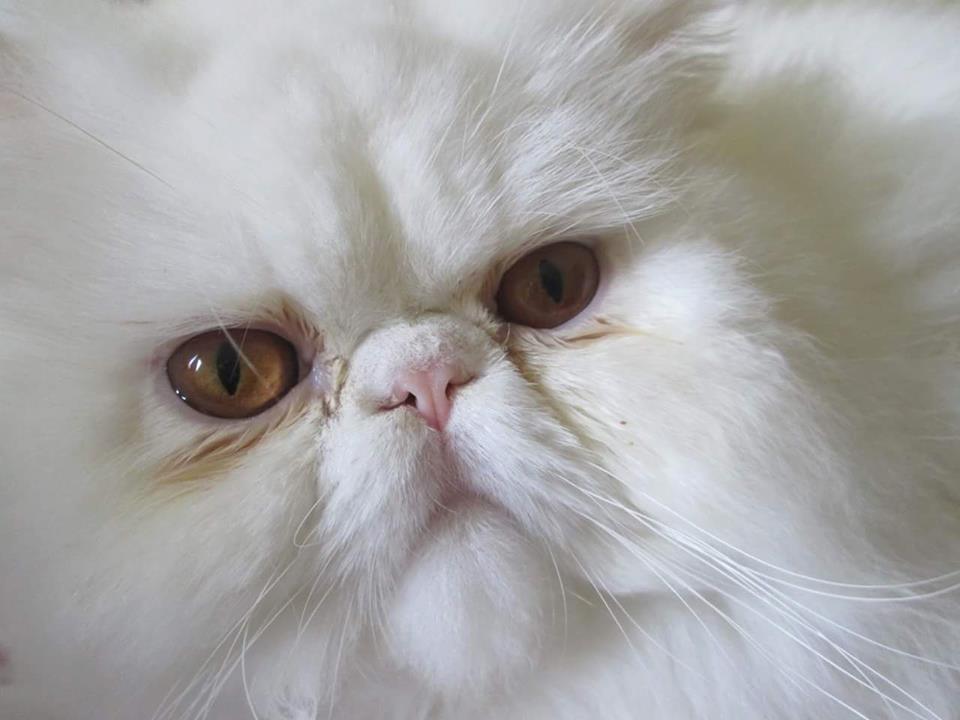Persian cat caracteristics
|
Persian cats definitely hold celebrity status amongst all of the cat
breeds seen today. Their long, luxurious coats, and those amazing eyes
set in unusually flat faces gives these felines an almost unreal
appearance. It's easier to believe one might be a stuffed animal until
you actually see it move.
According to the breed standard:
Persians are very sweet in nature, and tend to prefer quiet, peaceful households. These are quiet cats with soft voices, and they seem to enjoy displaying themselves like the fine pieces of living artwork that they are. Coat Colors The ideal Persian coat has a fine texture and is long, thick and glossy. Variety is truly the spice of life when it comes to coat colors. This breed is divided into no less than seven separate coat color groups, with plenty of choices in each. Here's a sample of what you'll find. Solid Colors
Tabby refers to a pattern overlay on a particular color, and come in two types:
These colors include:
This color variety is often mistaken for a breed of it's own, but Himalayans are actually just another color variation of Persians.Himmies always have a cream or light beige base coat, but carry darker shading, known as points, on the face, legs and tail. Point colors include:
This group includes:
Calicos are the traditional "patched cats" with a combination of white fur interspersed with distinct patches of two other colors.In addition to the standard Calico coloring of black, red and white, variations can include:
Bi-colors consist of white fur and one other color with a distinct pattern of white on the legs, feet, belly and muzzle.
As you can imagine, Persians do require some additional care to keep them looking their best.
Luckily, this breed is a hardy one, and individuals frequently live well into their teens. Persians really are "indoor" cats, and should be kept inside to lessen their chances of picking up parasites that would be hard to remove from such abundant coats. Prospective owners should be aware that there are a few health issues related to this breed:
|

